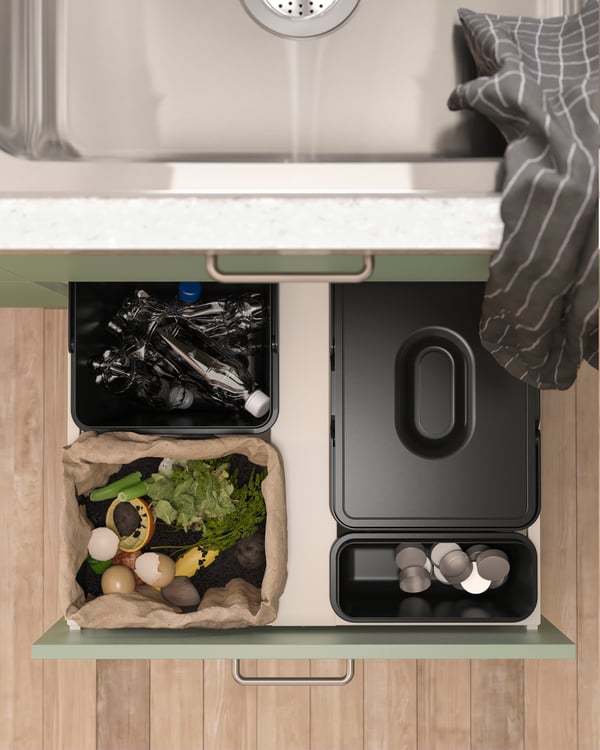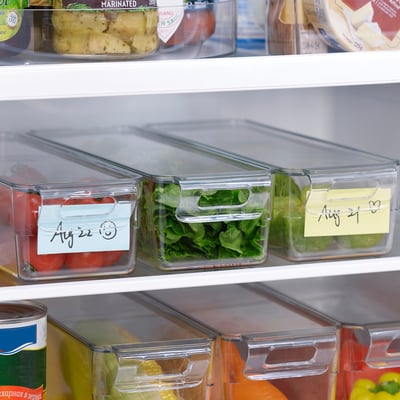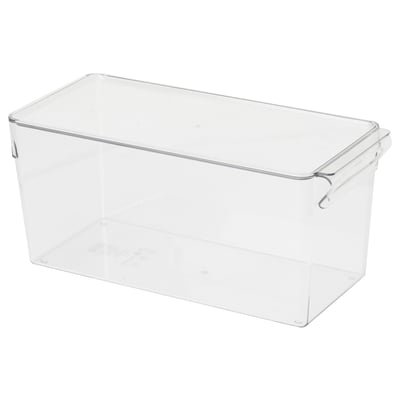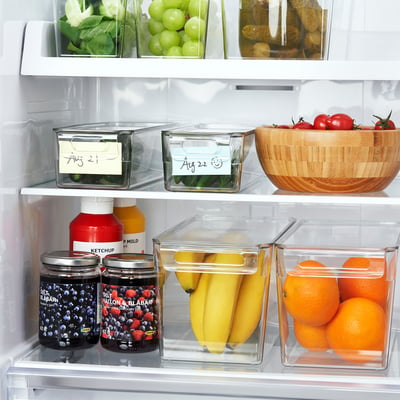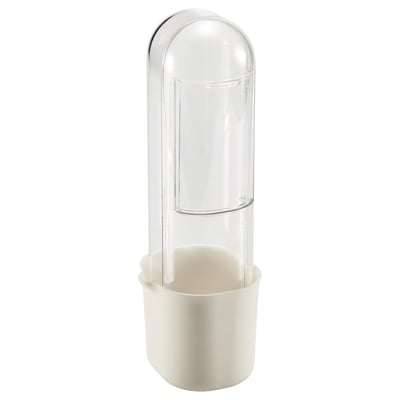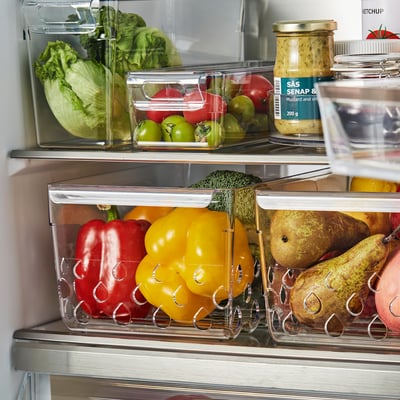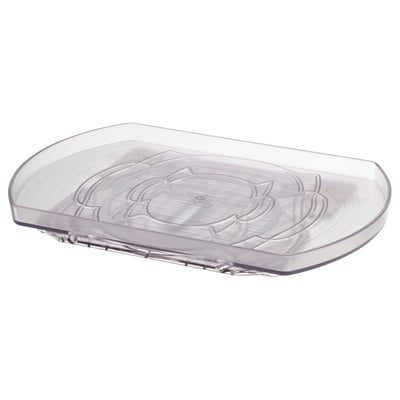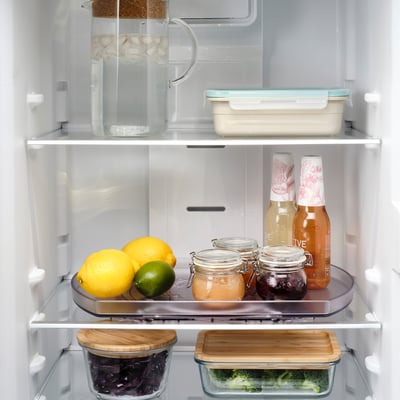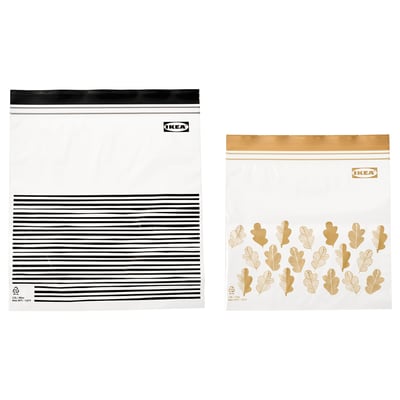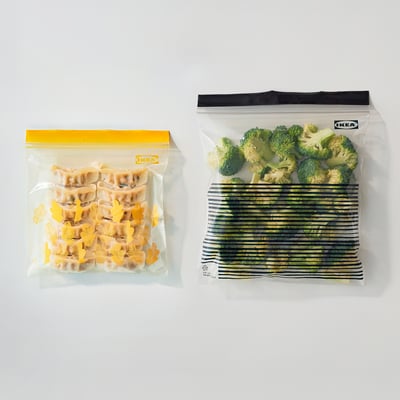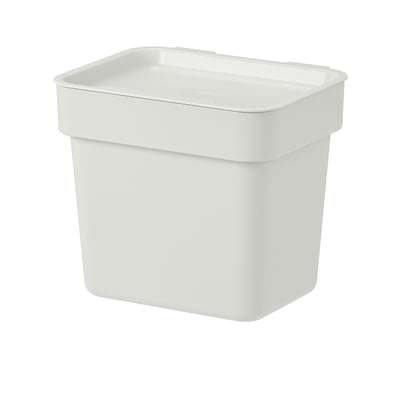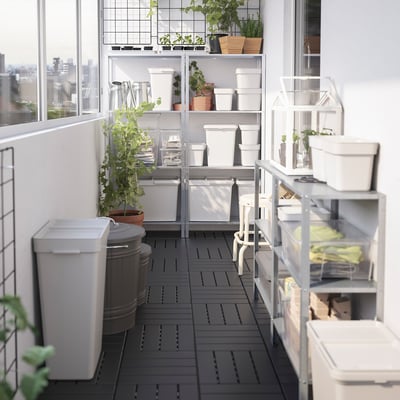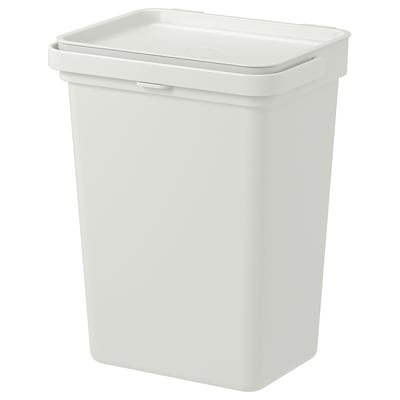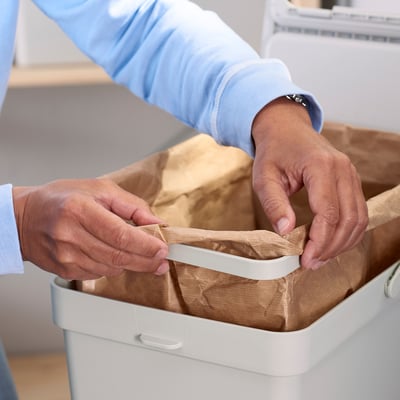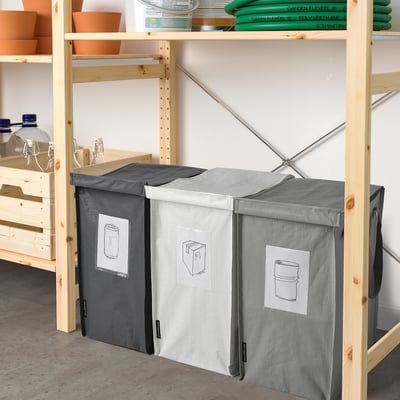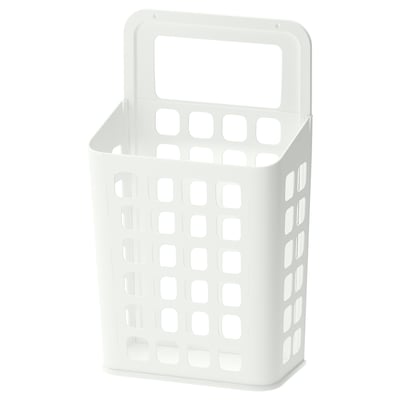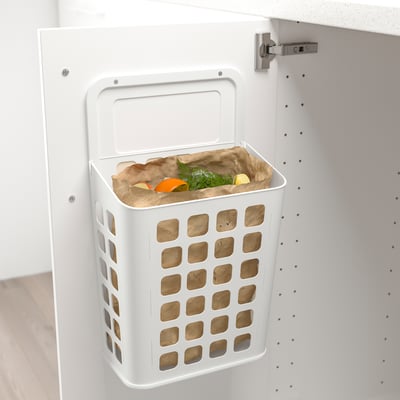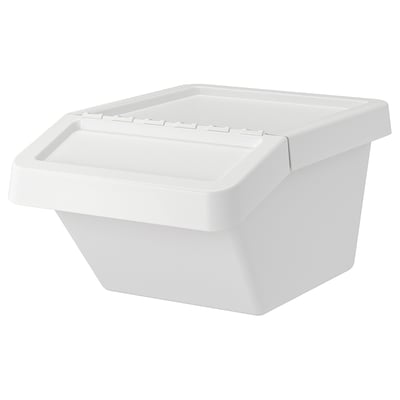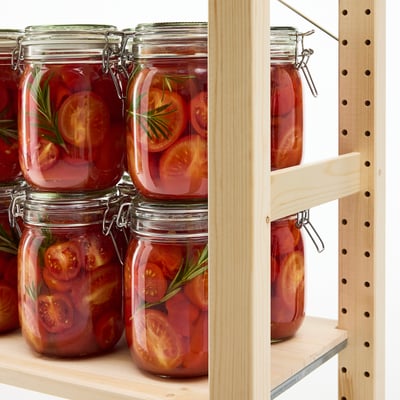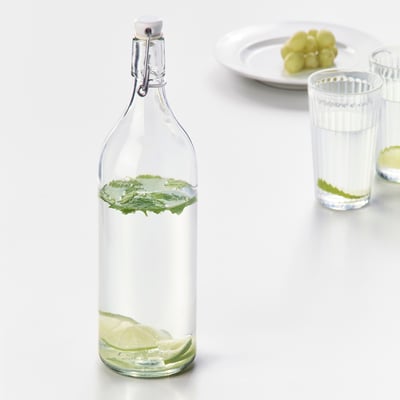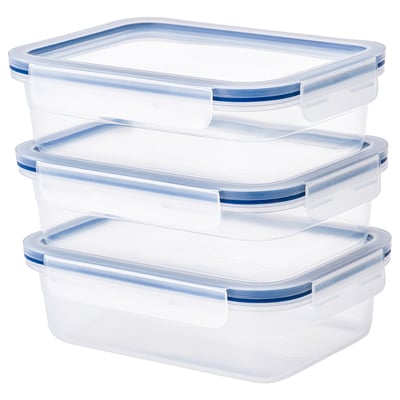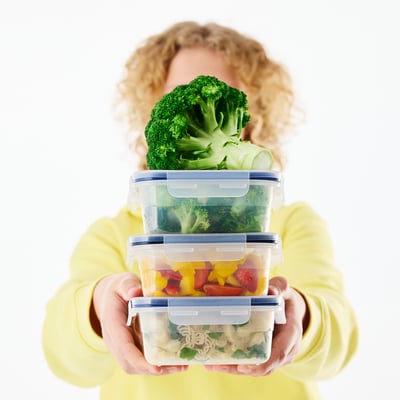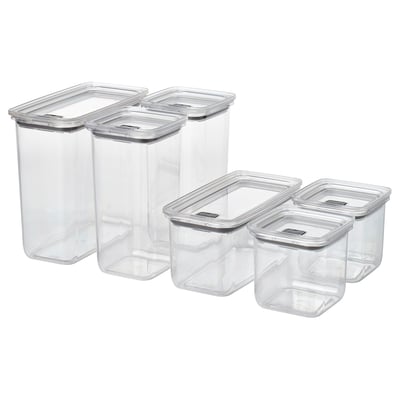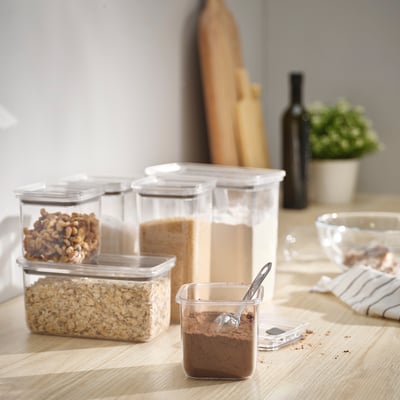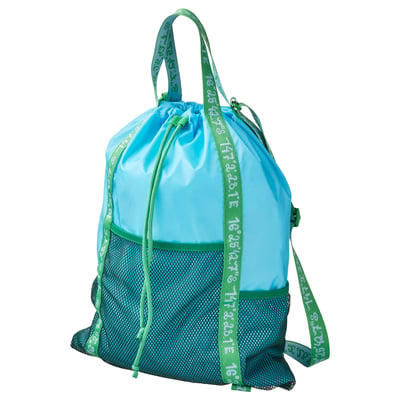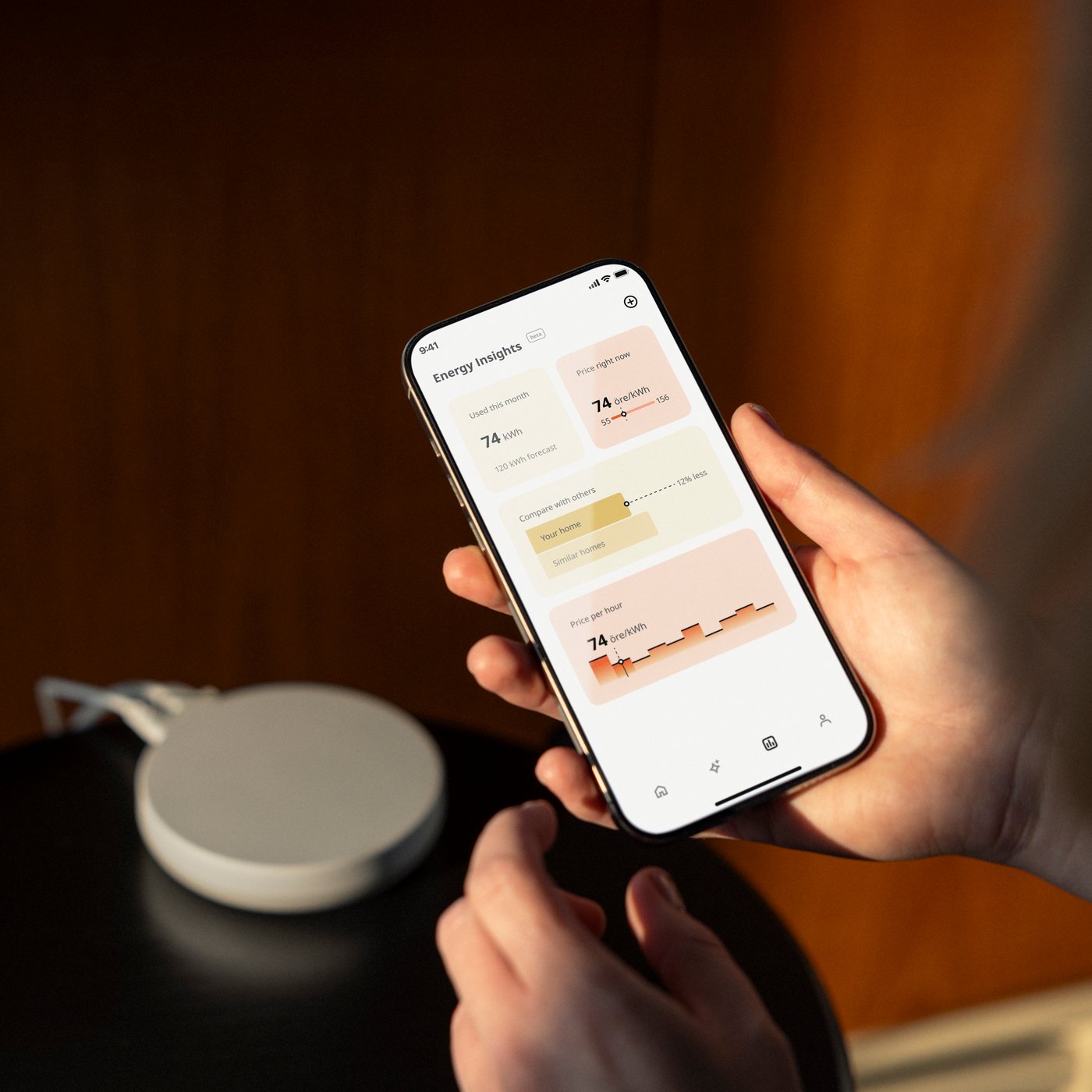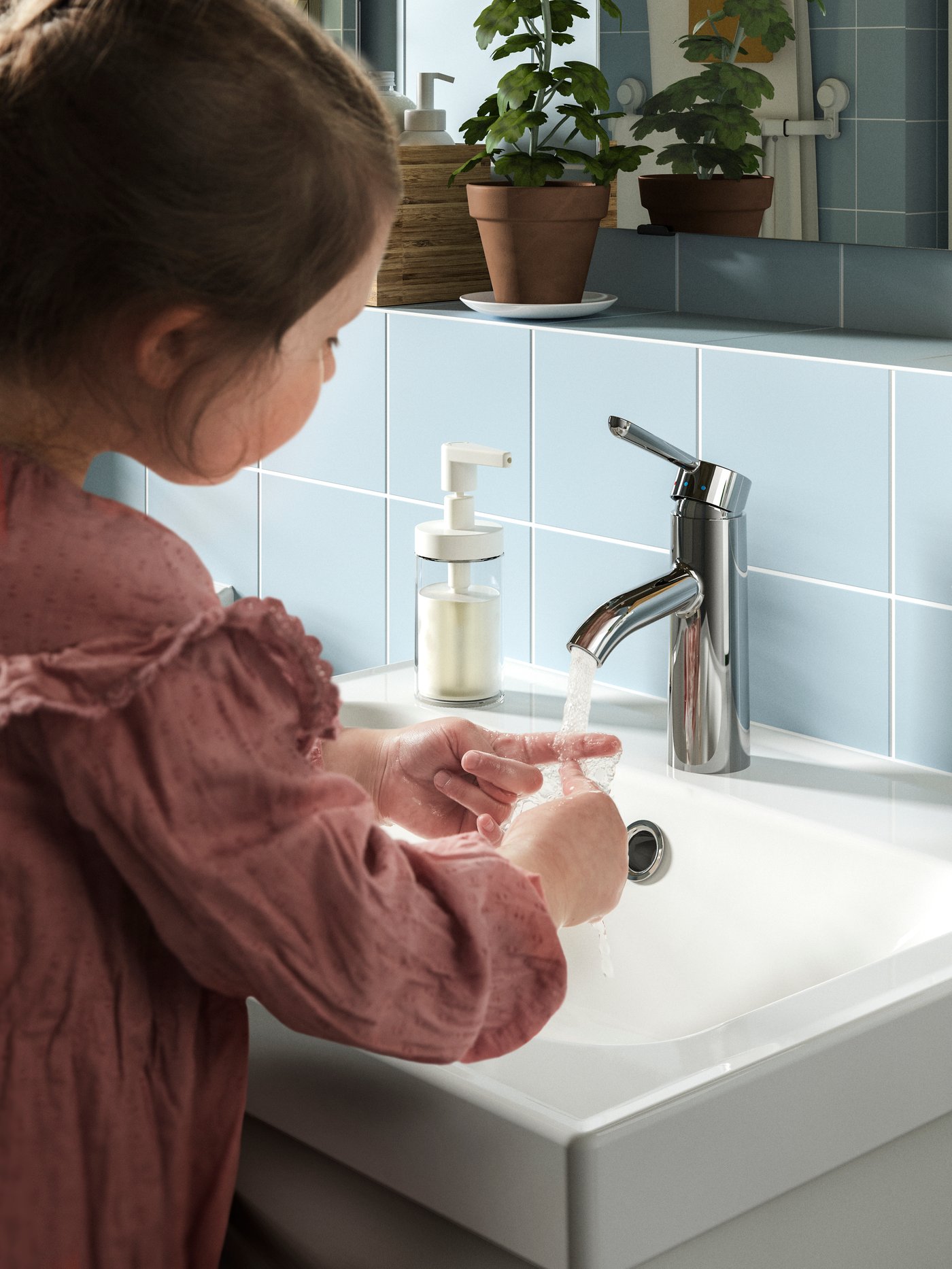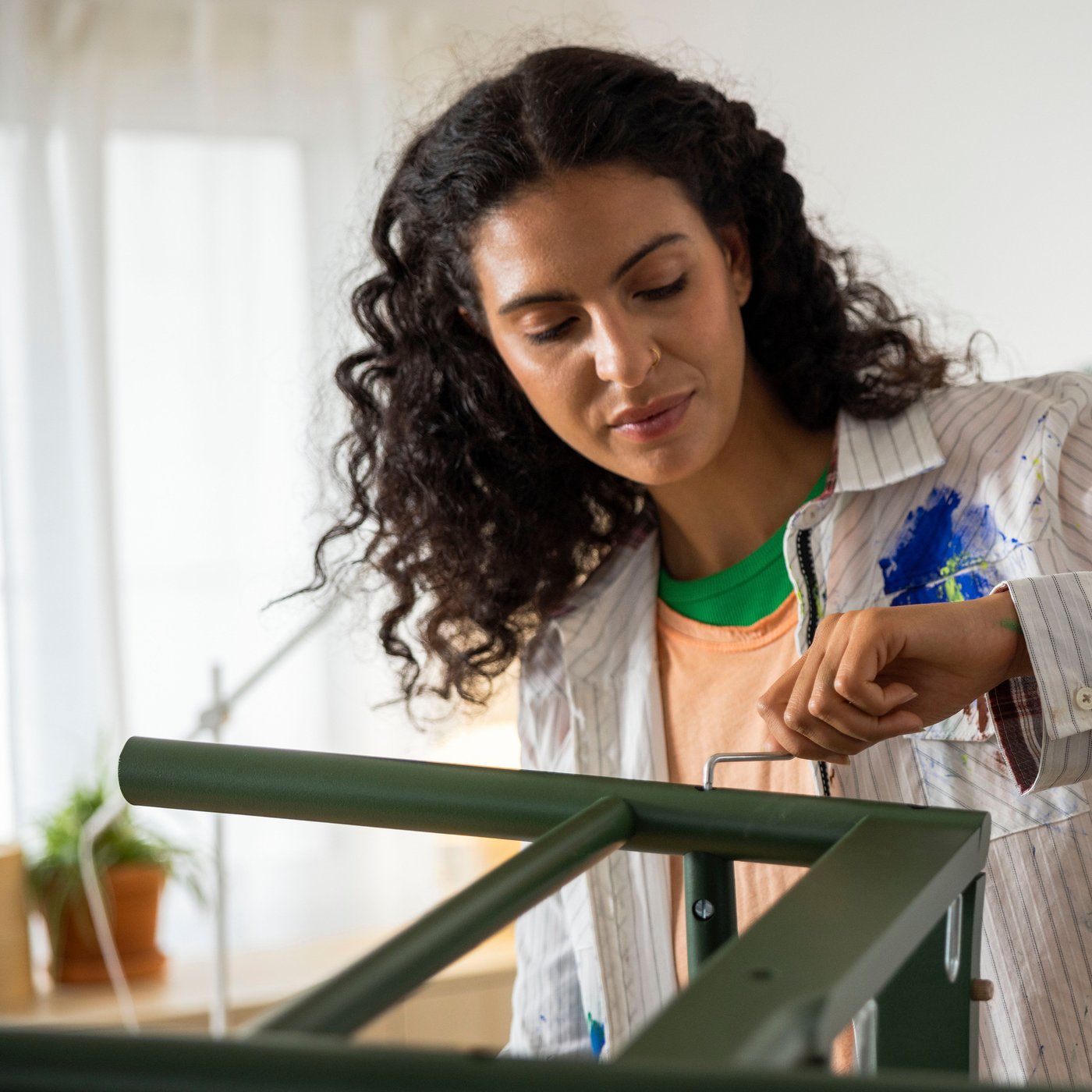Simple ways to reduce waste at home
Household waste is a global problem, with one billion meals being wasted each day*. 1 out of every 4 bags of food shopping are wasted worldwide. Even when you live frugally, there’s always waste at home. Sorting recyclables and organising the fridge are two ways to help reduce waste – as well as making your home a little tidier you save money too.

Tips for reducing food waste
Plan your shop and cook your plan
Planning your meals or snacks for the week can not only save time but can save on food waste too. Remember, before you shop, check the ingredients you already have or plan your meals to use what’s in your pantry, fridge or freezer.
Save some for later
Leftovers can make great lunches – so, get smart about storing them. A leak-proof lunch box can give you a cheap and tasty lunch on the go the next day.
Clip it up and pop it in the freezer
A simple sealing clip can help to reduce the amount of wasted food in your everyday life. Many foods come in larger packages than we need. So, when you don’t need to use it all at one time, seal it up to help keep it fresh or freeze it for later.
Make food go further
Have too much fruit and veg? Why not preserve them? Try making jams, pickles and chutneys and store them in glass jars or freeze them for smoothies. Also, vegetable peels are perfect for broths, soups and stews.
What we're doing! Reducing food waste in our stores
Reducing food waste is a priority at IKEA. Since 2016, we have cut production food waste (grams per cover) at IKEA stores by 60.5%, saving around 37.8 million portions of food.
Tips for sorting waste
- Product information page
Get your waste sorting sorted
Sorting is easier if each type of recyclable material has a dedicated container – either freestanding or built into a larger solution. Less waste to landfill, and a tidier home to boot.
- Product information page
Recycle in the bathroom
For many, the bathroom is a difficult place to keep on top of. Gather up empty shower bottles, toilet paper rolls and toothpaste tubes, as soon as you finish them. More recycling means a tidier bathroom.
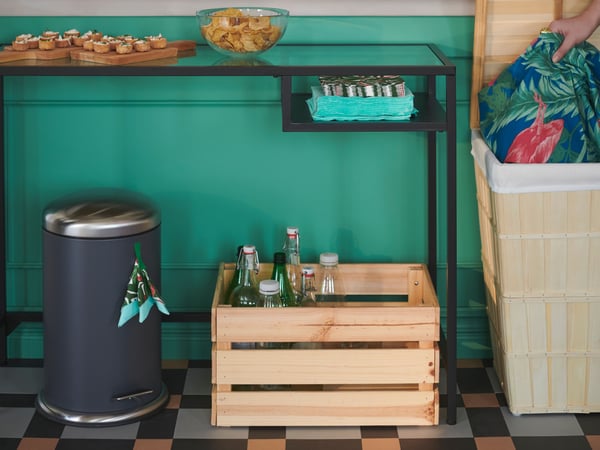
- Product information page
Recycle in every room
Setting up a recycling solution in every room makes sense. The closer a bin is to where you are, the more likely you are to use it. Involve the whole family while you’re at it!

- Product information page
Don’t throw it all away
Waste isn’t always waste. Try growing seeds in old egg boxes or using newspaper as gift-wrap, for instance. Think outside the box, and think circular – how else could it be used?
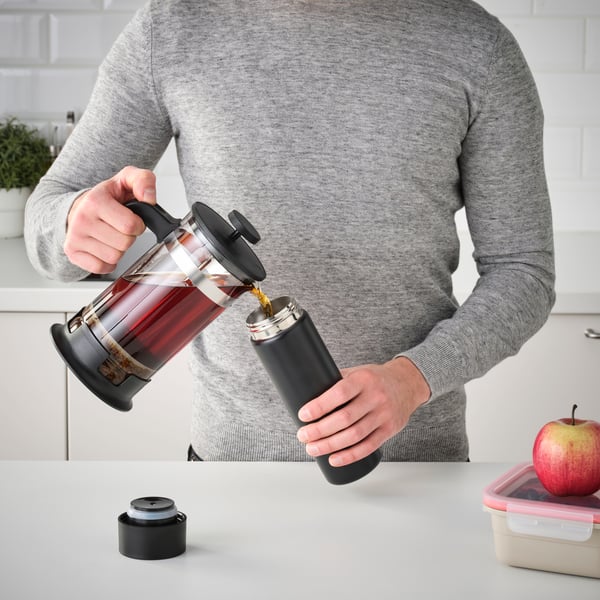
- Product information page
Enjoy your favourite drink with your favourite mug – wherever you are
A travel mug can be used as an infusion bottle with fruits, to make herbal beverages, cold-brewed coffee, or to brew your favourite tea on the go. Wash after use and it’s ready for the next time.

- Product information page
Store, wash and reuse
Preparing a meal in advance, or need to put away leftovers in the fridge? By storing food in a container, or using a washable and reusable food cover, you can avoid using single-use plastic wrap or foil.
A sustainable everyday
A more sustainable way of life is achievable for us all. Discover how.
*According to the UNEP Food Waste Index Report 2024, each person wastes an average of 79 kg annually - the equivalent of one billion meals in total.
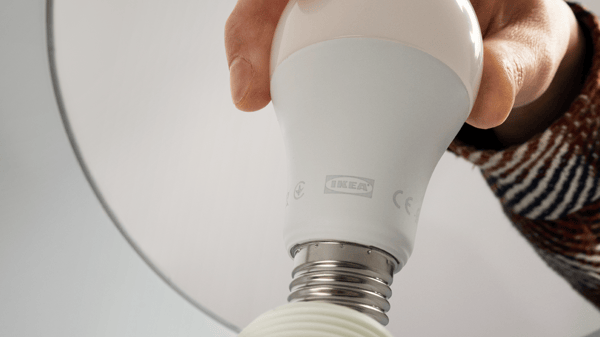
- Product information page
Sustainable living shop
Browse our range of products for a more sustainable everyday life.

